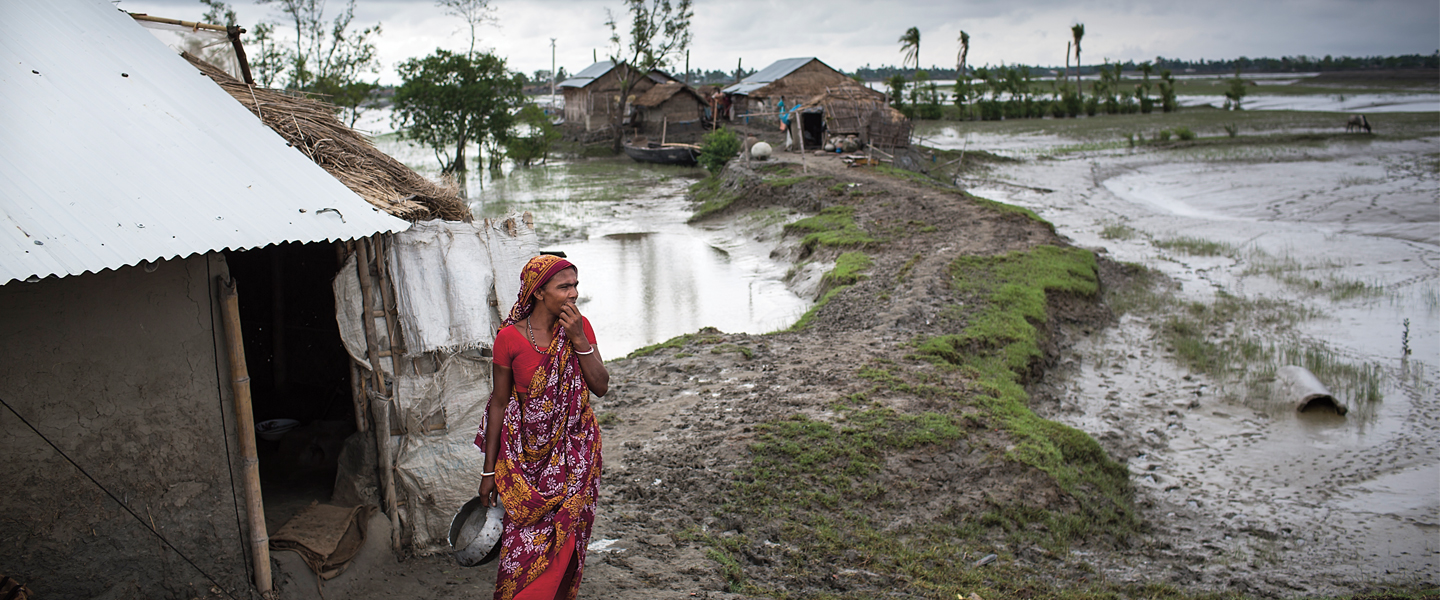One of the most worrisome effects of climate change may be the melting of much of Earth’s ice in the polar regions. That is a key part of what’s creating higher sea levels. Scientists predict that the levels will rise one to four feet across the globe by the end of this century, but the change is happening even faster in the Marshall Islands, Anej’s home.
Most of the nation’s 1,000 or so islands, located in the North Pacific near the equator, are less than six feet above sea level—and few are more than a mile wide.
“We see the damage [from climate change] occurring now,” says Tony A. deBrum, the foreign minister of the Marshall Islands. “We’re trying to beat back the sea.”
In the capital, Majuro, waves have overtaken a cemetery, washing away rows of coffins and headstones. Farmers are struggling as salt water soaks their fields, killing crops.
If climate change causes sea levels to rise more, many of the islanders who today experience deluges of tidal flooding once every month or two could see their homes unfit for human habitation within decades.
The situation in the South Asian country of Bangladesh is perhaps even worse. By 2050, scientists predict, the sea could overtake 17 percent of the nation’s land, displacing about 18 million people in what is one of the world’s most turbulent regions.
Bangladeshis have already started moving away from the lowest-lying villages in the river deltas of the Bay of Bengal (see map, below). Surveys indicate that as many as 1.5 million of the 5 million slum inhabitants in Dhaka, the capital, have moved there from villages near the Bay of Bengal.
“We need a regional and, better yet, a global solution,” says Tariq Karim, Bangladesh’s ambassador to India. “If we don’t get one . . . the Bangladeshi people will soon become the world’s problem.”

